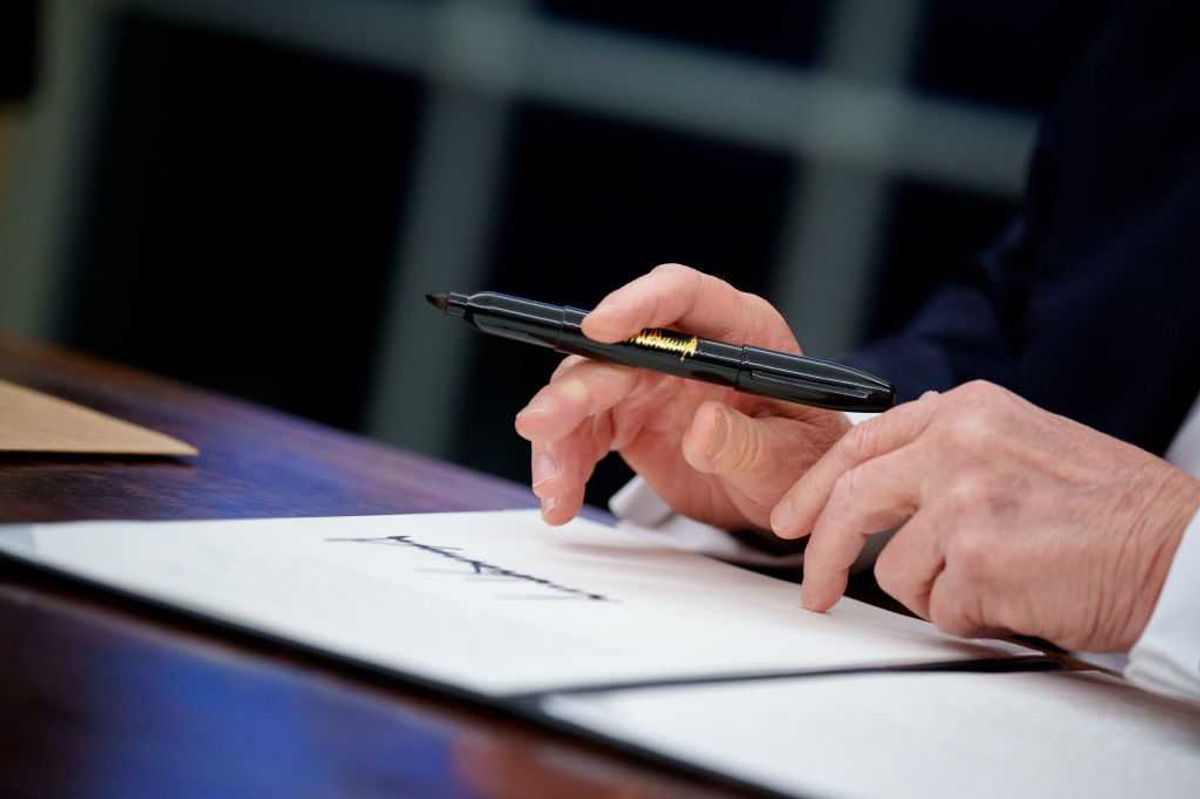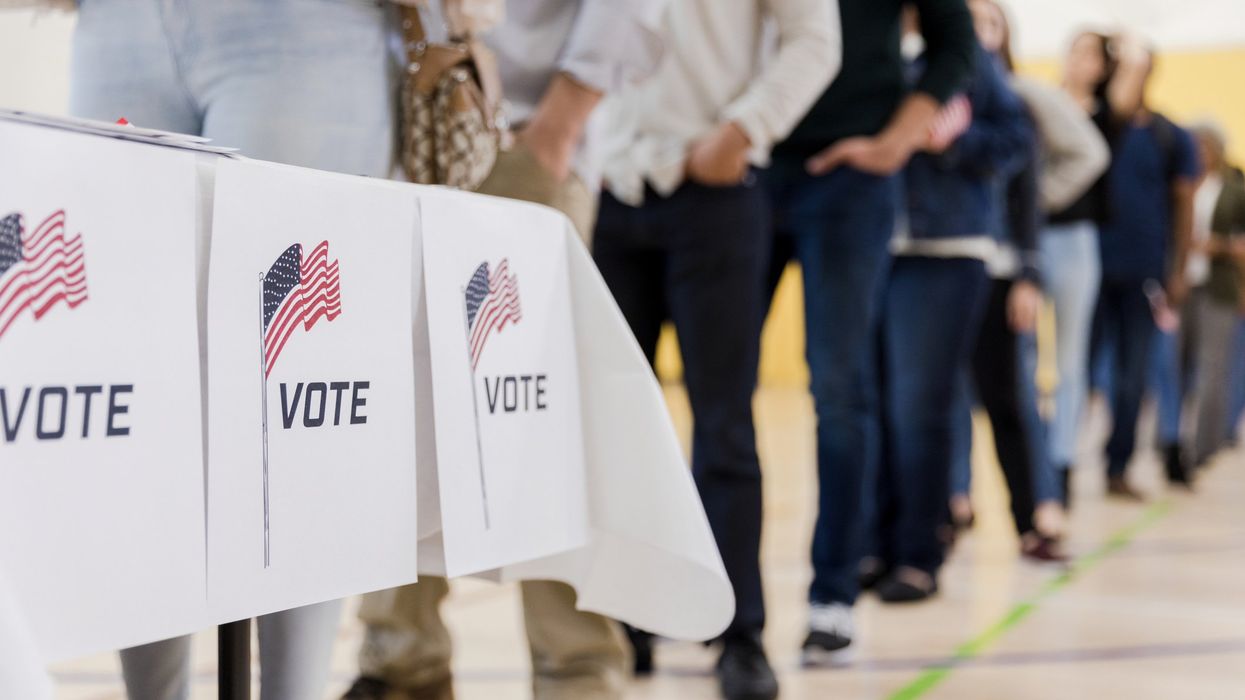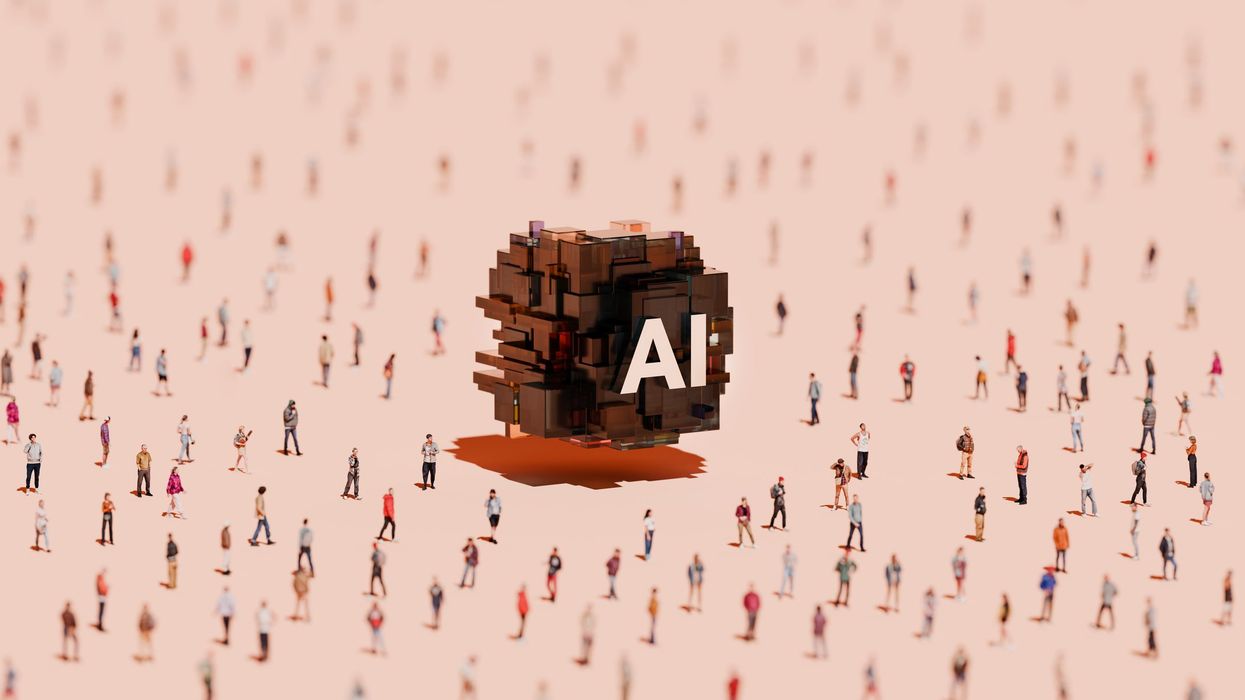Last spring and summer, The Fulcrum published a 30-part series on Project 2025. Now that Donald Trump’s second term The Fulcrum has started Part 2 of the series has commenced.
The Trump administration issued an executive order in mid-February in an attempt to rein in the independence of nearly 20 federal agencies. This action could result in a number of negative impacts, including undermining the integrity and security of the presidential and other federal elections. That’s because two of the targeted agencies are the Federal Elections Commission and the Federal Communications Commission.
The Federal Communications Commission (FCC), founded in 1934, is the nation’s primary regulator of television, radio, digital media, cell phones and cable. The Federal Elections Commission (FEC), founded in 1974, oversees federal elections and enforces campaign finance laws. Both of these bodies were established by the U.S. Congress to act as neutral bodies, flying above the political fray to watchdog their assigned areas of politics in a fair and nonpartisan manner.
There is no hiding the fact that the executive order's intent is to remove the independence of those congressionally-mandated agencies. The wording is clear:
"Therefore, in order to improve the administration of the executive branch and to increase regulatory officials’ accountability to the American people...all executive departments and agencies, including so-called independent agencies, shall submit for review all proposed and final significant regulatory actions to the Office of Information and Regulatory Affairs (OIRA) within the Executive Office of the President before publication in the Federal Register."
The independence of these 19 federal agencies has been established by federal law, upheld by numerous court rulings and by the policy practices of past presidents. So, why would Donald Trump, Elon Musk and their administrative team suddenly act to remove the independence of those particular bodies?
Their stated reason is to bring “accountability” to these various agencies. But given the chaos they have created in other government agencies, it is doubly alarming that the White House seems dead set on establishing presidential control—and nudging in a more partisan direction—on the two agencies that oversee the administration of America’s most important elections.
Most alarmingly, Russell Vought, one of the architects of Project 2025, was named by President Trump as head of the White House’s Office of Management and Budget, which is overseeing much of the downsizing of these federal agencies. In an interview with far-right broadcaster Tucker Carlson, Vought articulated the administration’s mission, based on its highly questionable legal theories.
“There are no independent agencies,” said Vought. “Congress may have viewed them as such… but that is not something that the Constitution understands. There may be different strategies with each one of them about how you dismantle them. But as an administration, the whole notion of an independent agency should be thrown out.”
The goal of bringing independent agencies under White House control is laid out in Project 2025, the conservative Heritage Foundation's blueprint for the Trump administration. Project 2025 references a 1935 Supreme Court decision, Humphrey's Executor v. US, in which the court decided that a president cannot fire the head of an independent agency. However, Project 2025 took exception to that SCOTUS decision, arguing it violates the separation of powers between the executive and legislative branches.
Since his election, and in the past, President Trump has accused many well-known media outlets of being biased and treating him unfairly. He has explicitly threatened to yank the broadcasting licenses of the major television networks. He also launched numerous lawsuits against major media companies and in his first term repeatedly sought to defund public broadcasting. These actions show the president’s reservoir of vindictive intent to launch an assault on the freedom of the press. Having a FCC that does the president’s bidding is essential for these goals.
Reining in the FCC
So, who did President Trump appoint as the chairman of the FCC in January 2025? None other than Brendan Carr, who authored the chapter in Project 2025 on the FCC. Under Carr’s leadership, the FCC has already launched an investigation into CBS for alleged bias against Trump during the 2024 campaign. He has revived other investigations into claims of bias against NBC and ABC, which Democratic chairwoman Jessica Rosenworcel had dismissed the previous week before she was fired by President Trump.
Carr also has launched investigations into PBS and NPR, suggesting that Congress should stop public funding for these outlets. And on February 11, he opened an investigation into Comcast and NBCUniversal. These amount to chilling attacks on mainstream and legacy media outlets, all of which President Trump disfavors. The only broadcaster not under attack by the FCC is the Trump-positive Fox News.
Carr also has indicated his plans to stack the FCC with new board members in favor of the president’s agenda. On most commissions and boards, it is common for a president to install his own appointments, but the FCC was established to have a more partisan balance. It has five commissioners appointed by the president and confirmed by the Senate, which by tradition are divided politically between the two major parties with the president's party holding the majority. But in Project 2025, Carr emphasized that there is no legal requirement—only convention—that the president defer to the minority party when selecting, for example, a commissioner from the Democratic Party.
This adds important context to understanding recent events, such as the Trump administration's exiling of the Associated Press from White House events because of its refusal to use the preferred Trump name “Gulf of America” for the “Gulf of Mexico.” This was followed by the White House seizing control of the news press pool that covers the president in the Oval Office, aboard Air Force One and in other meetings and events, breaking with a long-standing practice that allowed an independent journalist group to determine media participants in the presidential press pool.
All of these actions seem clearly designed for one focused goal—to give the Trump administration unprecedented power to exile media outlets that it views as not being subservient enough, and to shape the country’s news reporting, broadcast, internet and social media landscapes, and by extension, their ability to shape public opinion.
Reining in the elections commission
The White House has been following a similar playbook in its efforts to bring the Federal Elections Commission (FEC) under its thumb. Historically, the FEC is a bipartisan, six-member body (mandated as three Democrats and three Republicans), nominated by the president and confirmed by the Senate, that establishes the ground rules for how elections are run and financed.
In late January, President Trump sent a letter to Ellen Weintraub, the Democratic chair of the FEC, informing her that she had been fired. The firing broke a 3-3 GOP/Democratic tie on the commission, marking the first time that a president had removed an FEC commissioner from the opposing party and not nominated in their place a candidate selected by that party’s congressional leadership.
This attempted firing came at a time when the FEC is expected to consider complaints against Trump's 2024 campaign, as well as complaints against the president's top donor, Elon Musk, who spent $250 million to elect Donald Trump and is playing a key role in this far-reaching reorganization of these important federal agencies.
Not surprisingly, the efforts of the Trump administration to establish control over these two particular commissions, which together have vast powers to shape the country’s election and media landscapes, are raising alarm bells. The White House appears to be ignoring the longstanding restraints that are supposed to keep the governing political party from abusing its control over the federal government to stack the deck and unfairly cement its dominance.
Steven Hill was policy director for the Center for Humane Technology, co-founder of FairVote, and political reform director at New America. You can reach him on X @StevenHill1776.




















